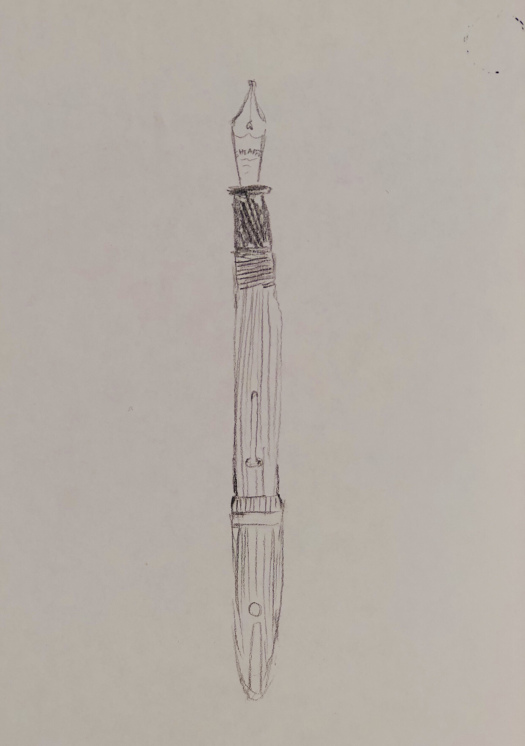What if we were to look at invasive species with fresh eyes? Traditionally we have viewed them as interlopers hellbent on environmental destruction, but have we considered the good they can do? Should our efforts to eradicate them be tempered – eliminating them when it seems absolutely necessary, but accepting them when they are doing some good; welcoming them when they have something to offer. What does their presence mean anyway? What does it say about the ecosystems they inhabit and about us? Invasive species are convenient scapegoats, taking the blame for much of the ecological devastation that we started in the first place. Is that justified?
This is, essentially, the theme of The New Wild, a book by Fred Pearce that urges us to reconsider the ways we think, talk, and act towards invasive species. More than that, it is about dumping the idea that pristine nature (a mythological concept anyway, and one that is not all that useful) is the only true wild, and that nature invaded by alien species is a lesser thing that needs to be fixed. The truth is, nature is and always has been in a constant state of flux, and it is unconcerned about the provenance of the species that compose it. As Pearce puts it, if it’s doing “a useful job,” “it matters not a jot where a species comes from.”

Invasion biology is a relatively new field of study, stemming from the publishing of Charles Elton’s book, The Ecology of Invasions by Animals and Plants, in 1958. For thousands of years, humans have had a hand in moving species of all kinds around the planet, but it was in the latter half of the 20th century that our awareness of the ecological damage that some of these species can do really developed. Since then we have made great efforts to remove such species and put things back the way we found them. The zeal with which we have done so hasn’t always been justified or effective, and throughout what at times has felt like an all out war against foreigners, a profound sense of animosity and suspicion towards anything non-native has taken root in our psyche.
Pearce hopes to mitigate these feelings and get us to reconsider some of our actions. To start with, he calls into question the distinction between aliens and natives: “A broad time horizon shows there is no such thing as a native species. All lodgings are temporary and all ecosystems in a constant flux, the victims of circumstance and geological accident.” Also, “many aliens are so well integrated that they are assumed to be native,” and “species come and go so much, as a result of both human and natural forces, that conventional hard distinctions about what belongs where have long been all but meaningless.”
Instead of judging a species by its provenance, “we should treat species on their merits and learn a little tolerance and respect for foreigners.” While “being alien can sometimes be problematic,” it can equally result in the renewal of “flagging ecosystems, creating new space for natives and providing ecosystem services.” Seeing that those services are in place is what should really matter, and “[ecological services] are best done by the species on hand that do it best.” After all, nature is not a system of “preordained perfection,” but instead “a workable mishmash of species, constantly reorganized by the throw of the dice.”
In his criticisms of the field of invasion biology, Pearce investigates some of the “constantly recycled ‘facts’ about alien species.” He finds many of the claims to be unfounded and oft-repeated statistics to be blatant misrepresentations of the original studies. He concludes that “some of the most widely used statistics in the canon of invasion biology do not stand up.” To support his point, he offers several examples of how alien species have added to the biodiversity in certain ecosystems and he shares stories that “show how we instinctively blame aliens for ecological problems that may have a lot more to do with our own treatment of nature.”

Immigrant Killers by Carolyn King, one of many books published in the past few decades that makes the case for waging war on alien species.
In so many words, Pearce’s stance is that the classic “aliens are bad, and natives are good” approach is outdated – “nature doesn’t care about conservationists’ artificial divide between urban and rural or between native and alien species,” which means that our perception of aliens should shift from being “part of the problem to part of the solution.” Abandoned farmlands, secondary forests, recolonized waste places, urban sprawl, and other novel ecosystems across the globe offer explicit examples of species from all backgrounds coming together to create functional habitats. This is the new wild.
Pearce is not advocating that we throw in the towel and let invasive species run rampant: “It would be foolish to claim that alien species never do any harm or that efforts to uproot them are always doomed to fail.” His support for the new wild is “not a call to let it rip.” Instead, “conservation in the twenty-first century requires an open-minded assessment of what might work – not a sullen retreat into blinkered orthodoxy.” So, rather than try to stop the flux of nature (an act that is decidedly “anti-nature”), let’s see where it goes, alien species and all; and when we do decide to beat back invasives and intervene “to preserve what we like,” we should be mindful that nature may be “traveling in a different direction.” As Pearce writes, “the new wild is flourishing, and it will do better if we allow it to have its head.”
———————
Obviously this is a controversial topic, but the ideas in this book are worth exploring further. Pearce’s notes are extensive, and I intend to read through many of his resources. Stay tuned for more posts. Meanwhile, you can listen to an interview with Pearce on this episode of Talking Plants. For a more critical veiw of Pearce’s book, check out these reviews by Los Angeles Review of Books and The EEB & Flow.
Advertisements Share this:
- More





